Lifestyle
12 Everyday Products That Quietly Doubled in Price (And How to Hack Them)
By CM Chaney · August 26, 2025
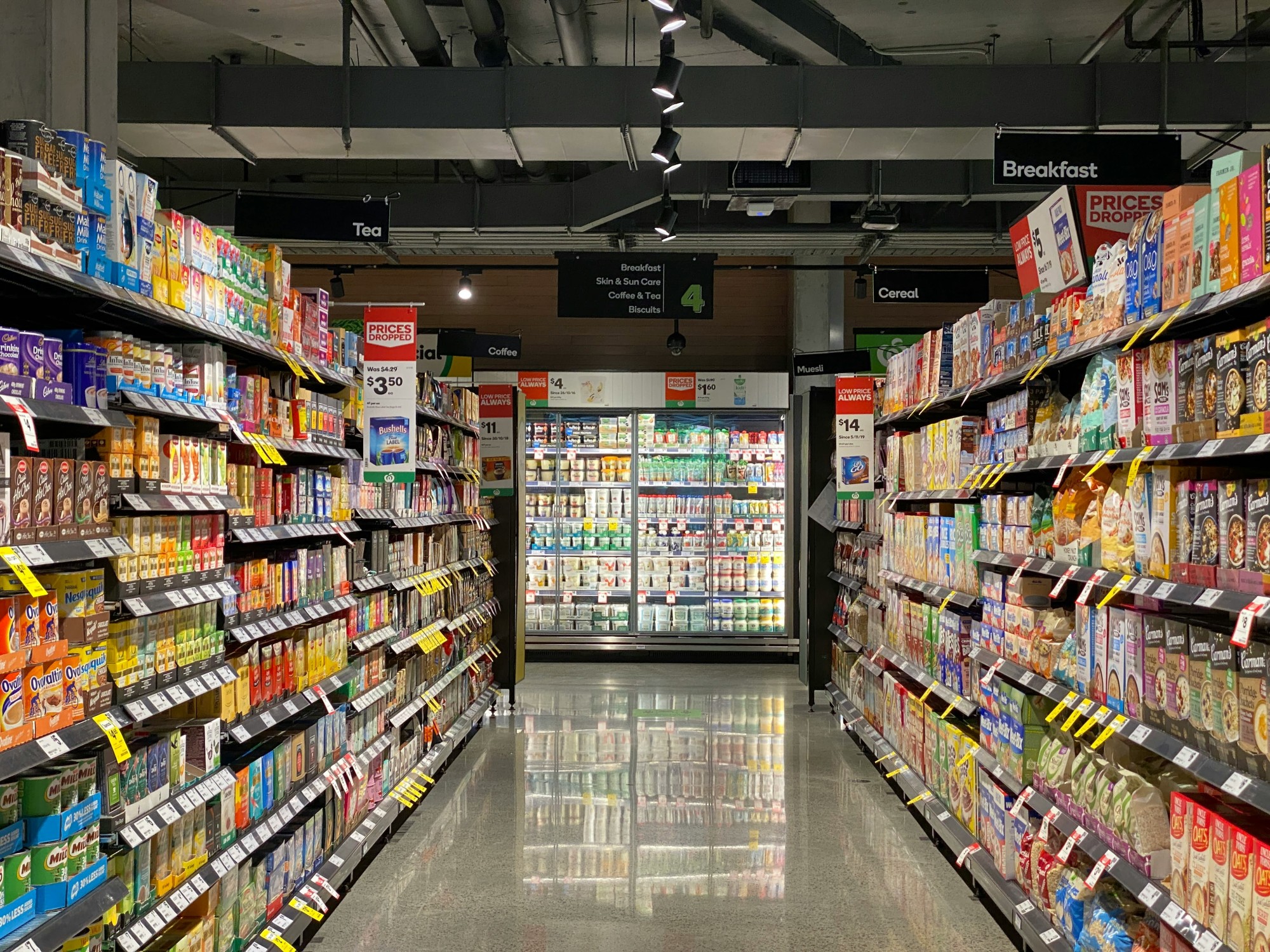
12 Everyday Products That Quietly Doubled in Price (And How to Hack Them)
We’ve all been there: you head to the store for your usual essentials, only to find your receipt higher than it’s ever been. Inflation may get the headlines, but what’s really happening is a silent price creep on the items we use every single day.From snacks to soap, many everyday products have doubled in price in recent years—and you may not have even noticed. But don’t worry. There are simple hacks to beat the system and save money without sacrificing the things you need.
Here are 12 items that have quietly spiked in price, and smart ways to work around them.
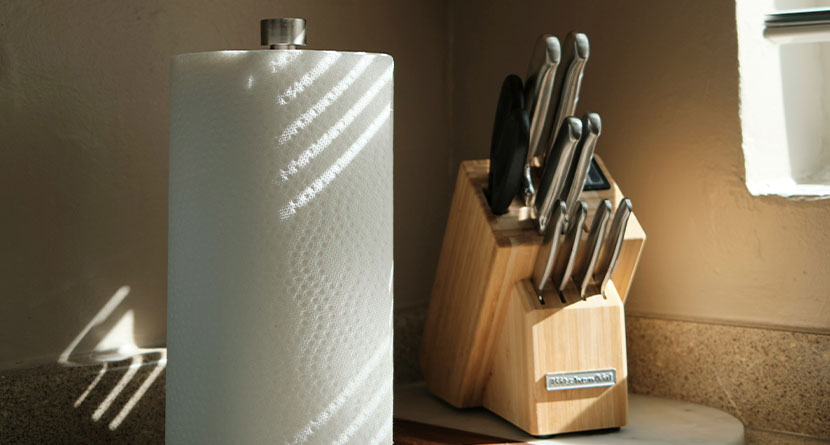
1. Paper Towels
Price Spike: Up over 40% since 2020.Paper towels are thinner, rolls are shorter, and brands are quietly shrinking quantities while keeping prices high.
Hack it: Swap disposable towels for washable microfiber cloths. They’re reusable, eco-friendly, and pay for themselves in just a few weeks. Photo by Brandon Cormier on Unsplash
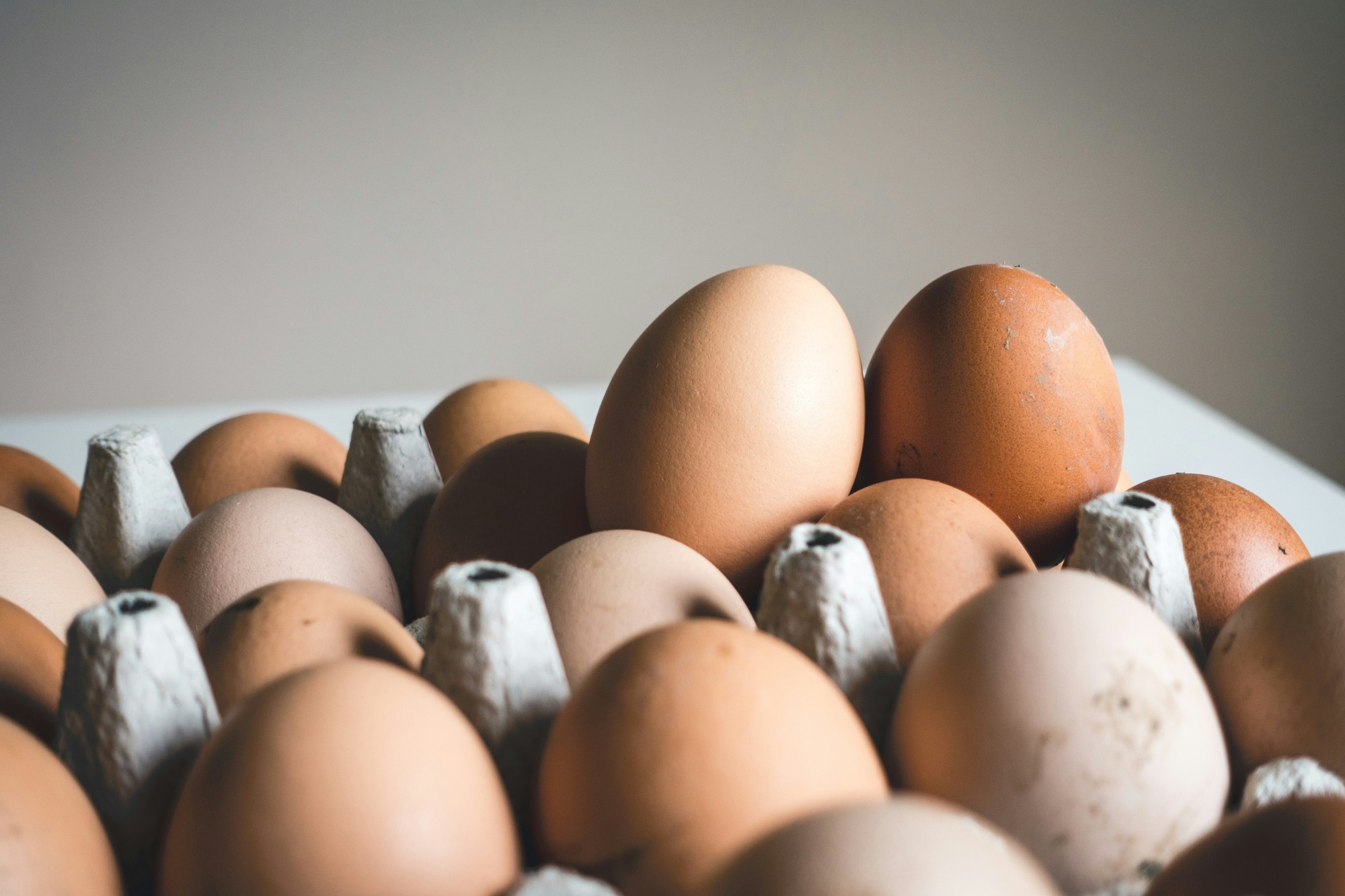
2. Eggs
Price Spike: Prices doubled during 2022–2023 in many parts of the U.S.This surge came thanks to avian flu outbreaks and rising feed costs.
Hack it: Buy from farmers markets or bulk retailers like Costco. If zoning allows, backyard chickens can provide steady eggs and become a long-term investment. Photo by Jakub Kapusnak on Unsplash
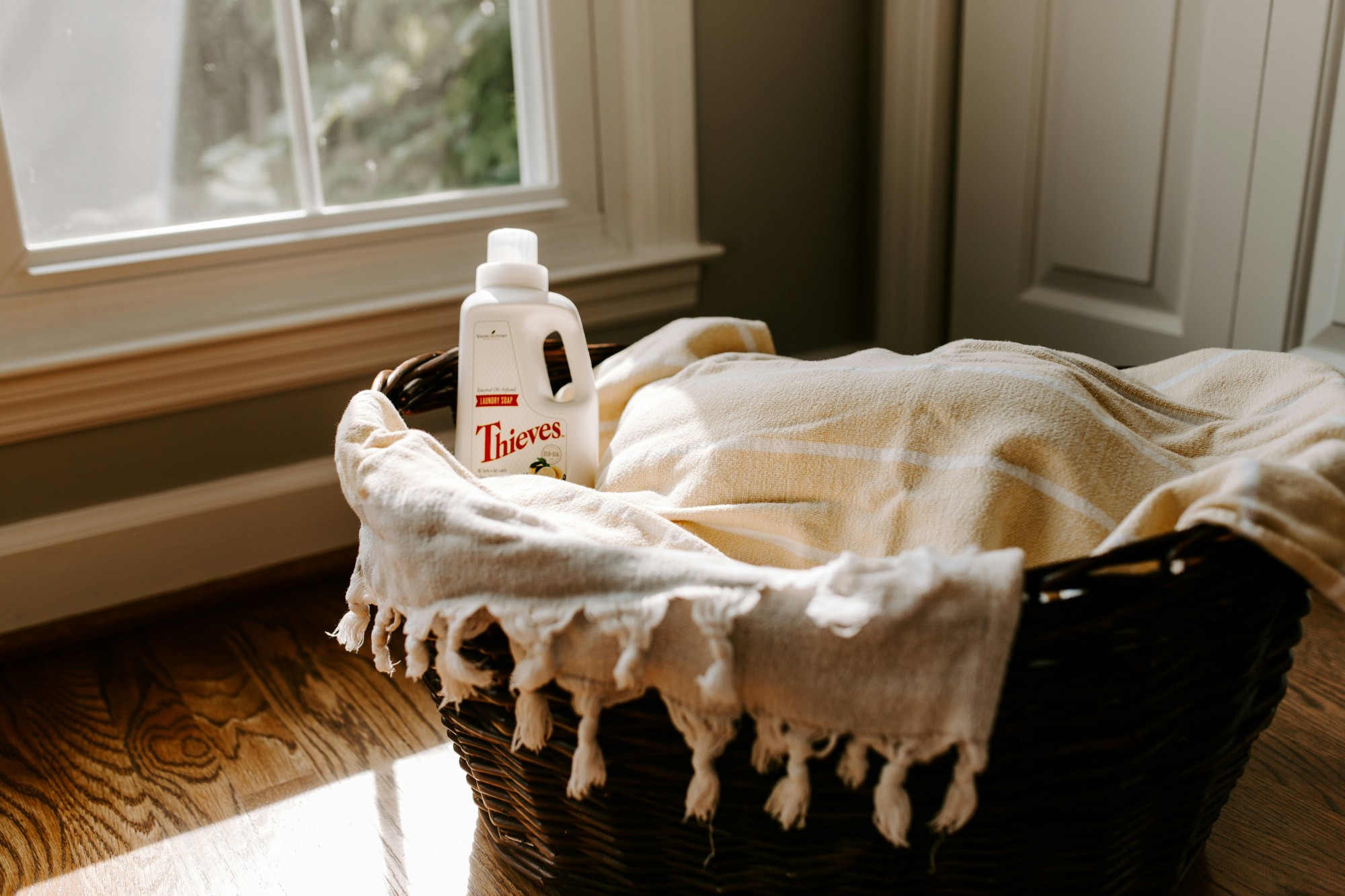
3. Laundry Detergent
Price Spike: Up to 50%, with smaller bottles and less product per use.Many detergents are now sold in “concentrated” formats, but the price per load has often increased.
Hack it: Try detergent strips or refillable pod systems. These newer formulas cost less over time, reduce packaging waste, and take up less space. Photo by Julianna Arjes on Unsplash
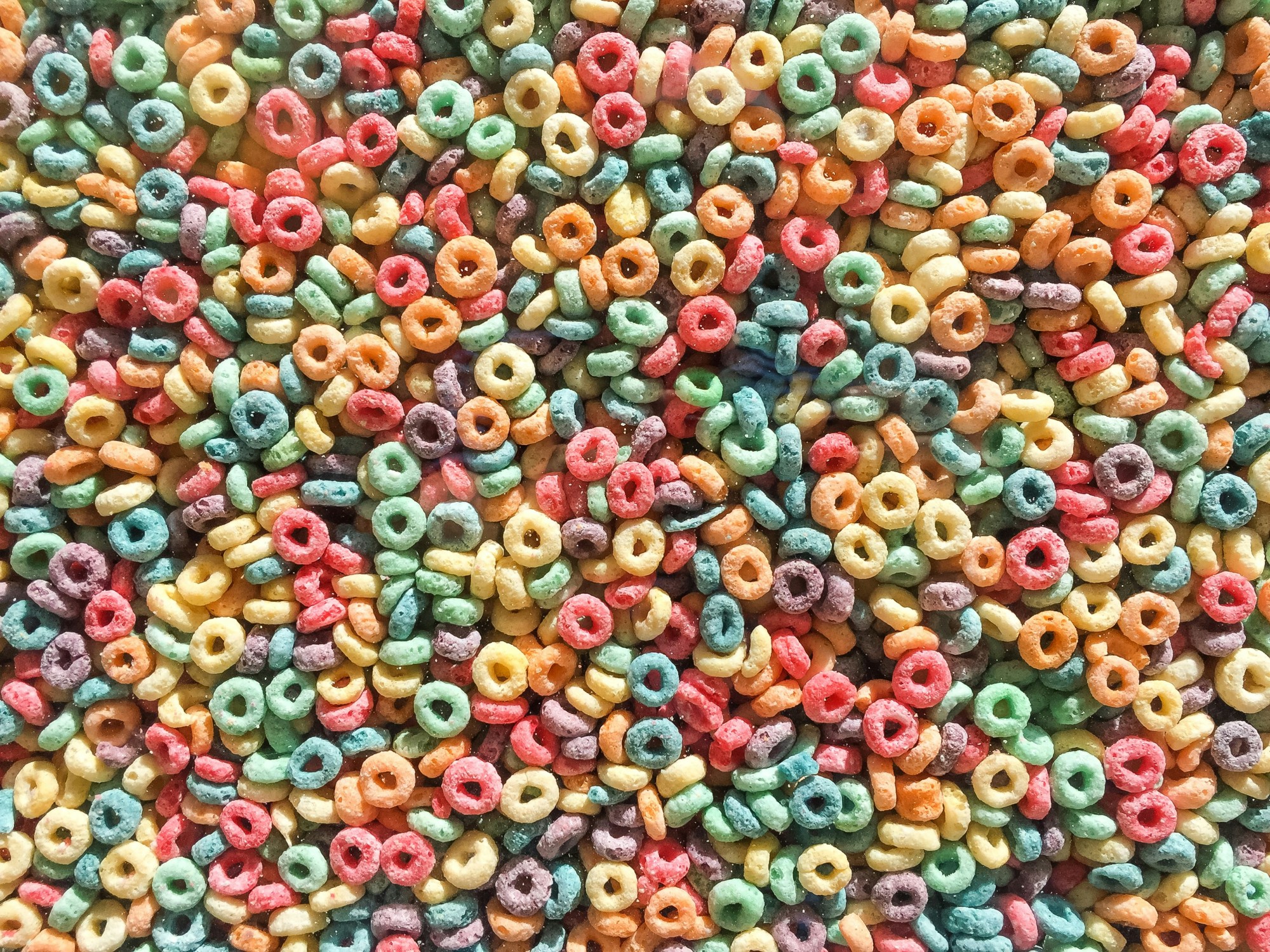
4. Breakfast Cereal
Price Spike: Some popular brands have risen over 60%.Box sizes have shrunk, while per-ounce prices have climbed. Kids’ and adults’ cereals alike are affected.
Hack it: Make your own cereal mixes with ingredients like oats, granola, dried fruit, and nuts. Buying in bulk means better value and less sugar. Photo by Etienne Girardet on Unsplash
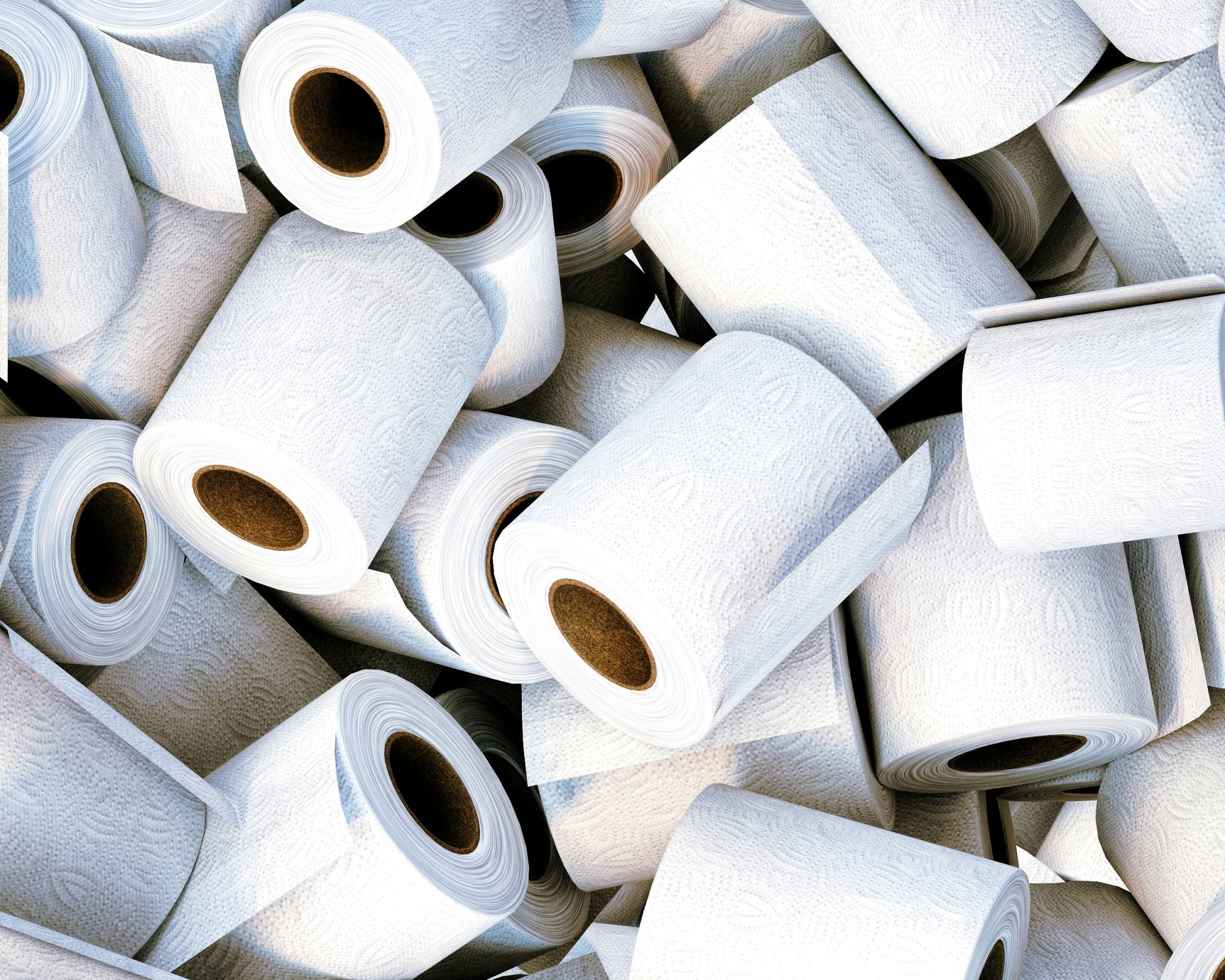
5. Toilet Paper
Price Spike: Nearly 50% increase—especially when you count fewer sheets per roll.Toilet paper has become a classic example of shrinkflation: smaller rolls, fewer plies, same price.
Hack it: Invest in a bidet attachment. It drastically cuts down TP use and may even eliminate it. Or go greener with bamboo-based rolls that offer more value per unit. Photo by Colourblind Kevin on Unsplash

6. Snack Foods
Price Spike: Up roughly 35%, with smaller serving sizes.Chips, crackers, and cookies are more expensive—and come in bags with less actual food.
Hack it: Buy snacks in bulk or make your own: think air-popped popcorn, roasted chickpeas, homemade trail mix, or DIY baked goods. Photo by Nico Smit on Unsplash
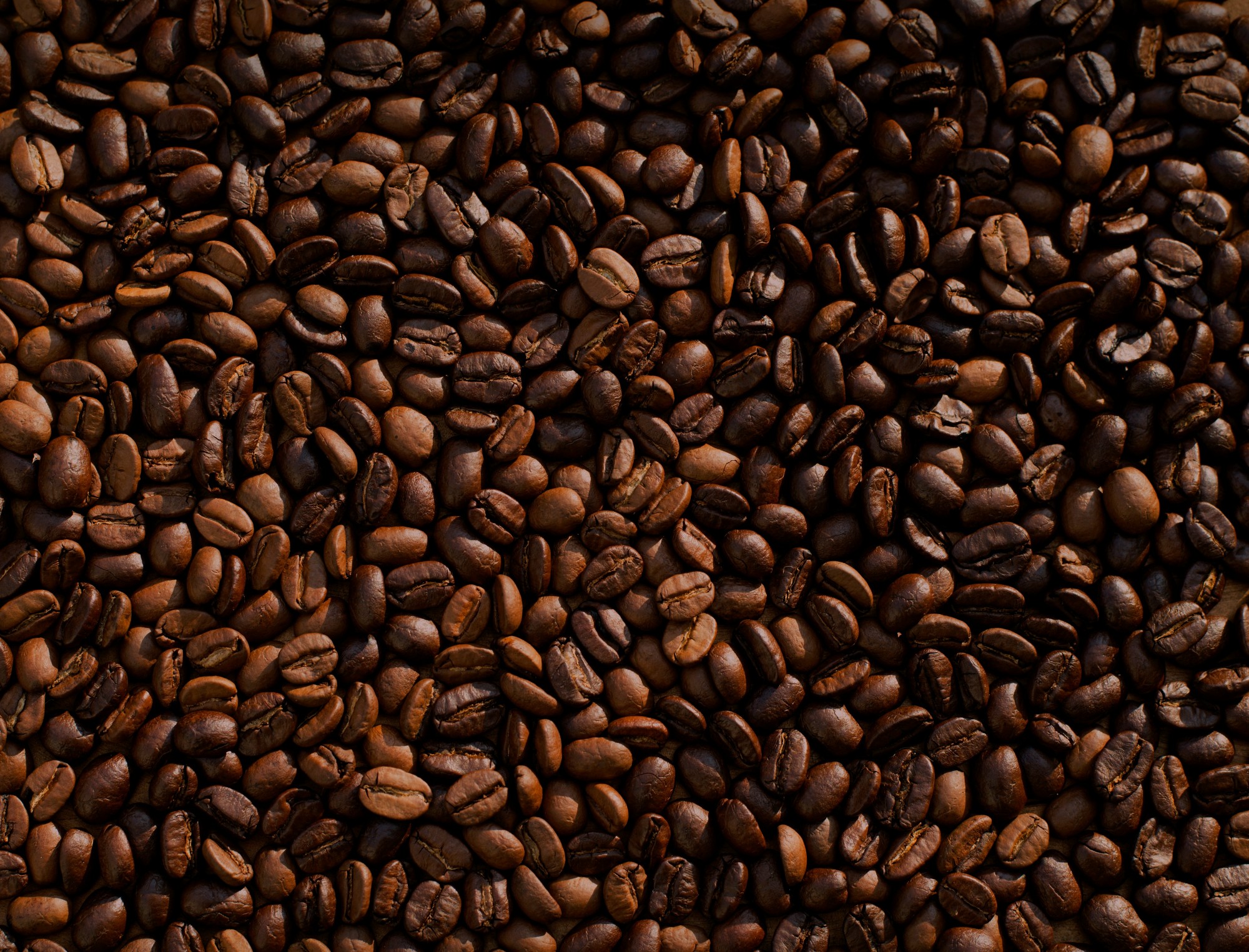
7. Coffee
Price Spike: Ground coffee and beans have jumped 30–40% depending on quality and origin.Droughts in South America and supply issues globally have driven up prices.
Hack it: Skip single-use pods and pre-ground blends. Instead, buy whole beans in bulk and brew with a French press or pour-over. Fresher, cheaper, better. Photo by Mike Kenneally on Unsplash
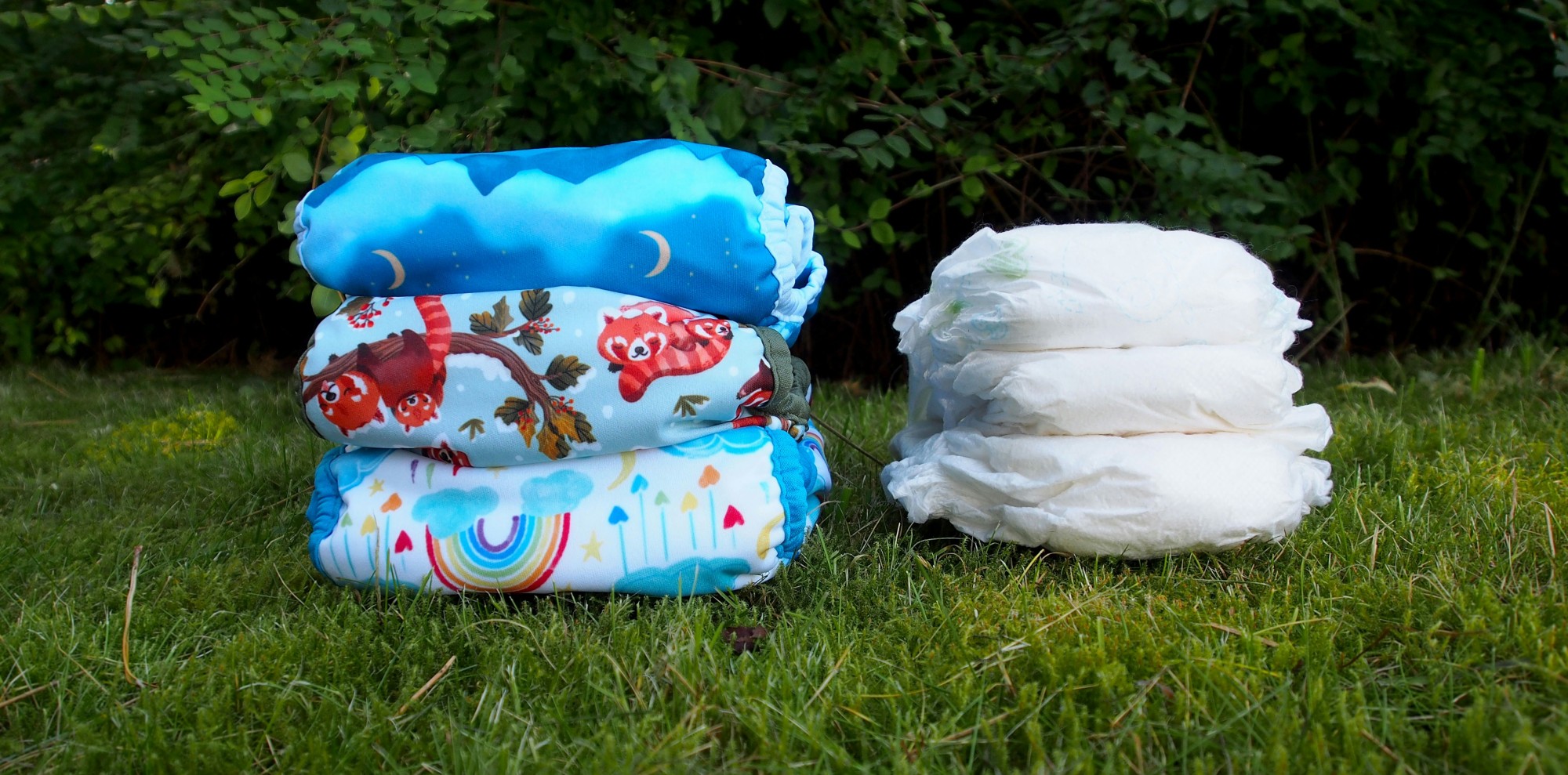
8. Diapers
Price Spike: Prices have nearly doubled since 2019 for many major brands.Material costs and supply chain impacts are driving up diaper expenses fast.
Hack it: If you’re up for it, try cloth diapers (today’s versions are way easier to clean and reuse). Or sign up for auto-delivery through membership clubs to secure discounts. Photo by Šárka Hyková on Unsplash
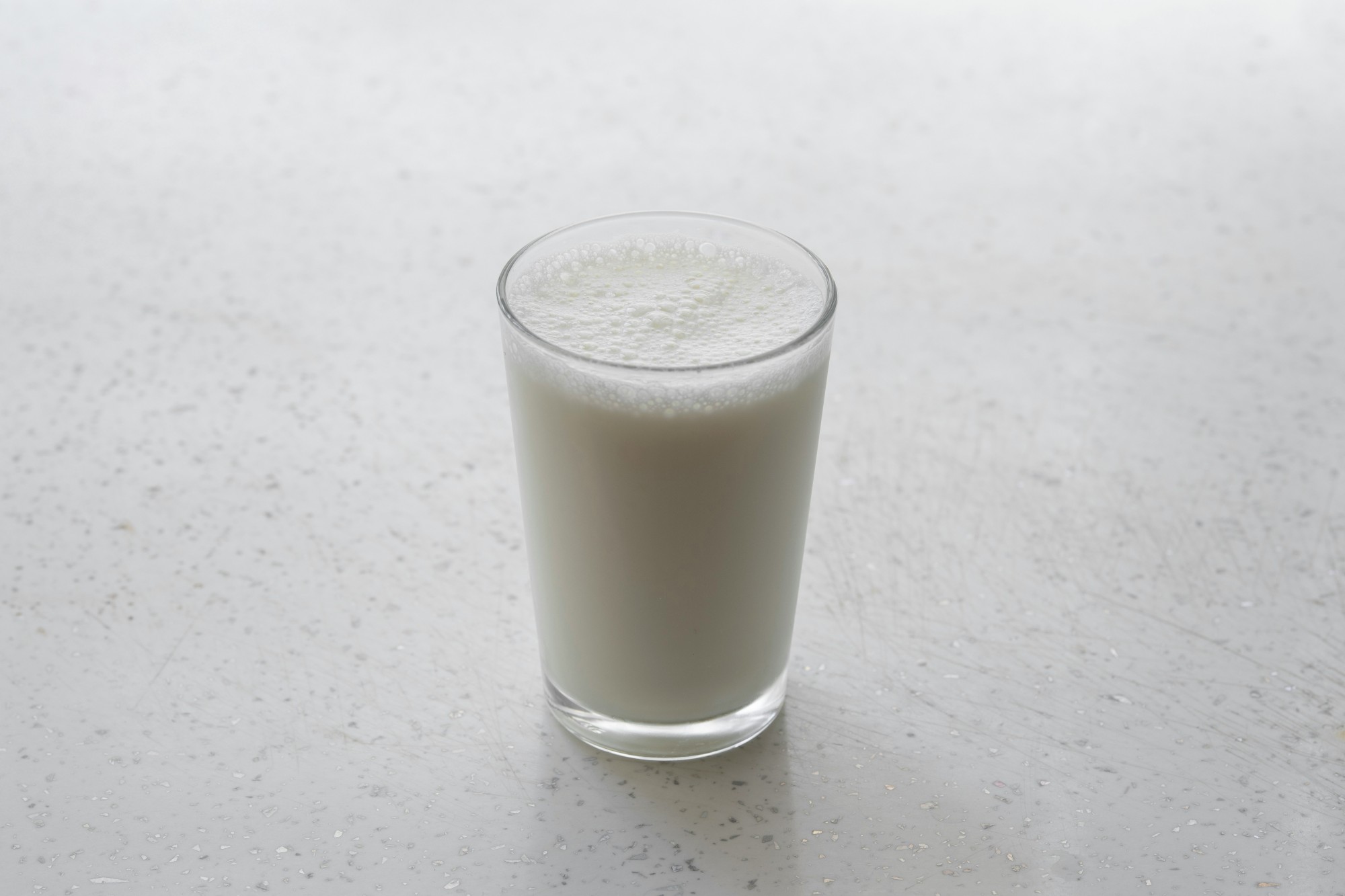
9. Milk
Price Spike: 30% or more in some states over the last two years.Rising costs in dairy feed, labor, and transport are trickling into grocery aisles.
Hack it: Buy shelf-stable plant-based milks like oat, almond, or soy in bulk. You can also make your own oat milk (just oats, water, and a blender!). Photo by engin akyurt on Unsplash
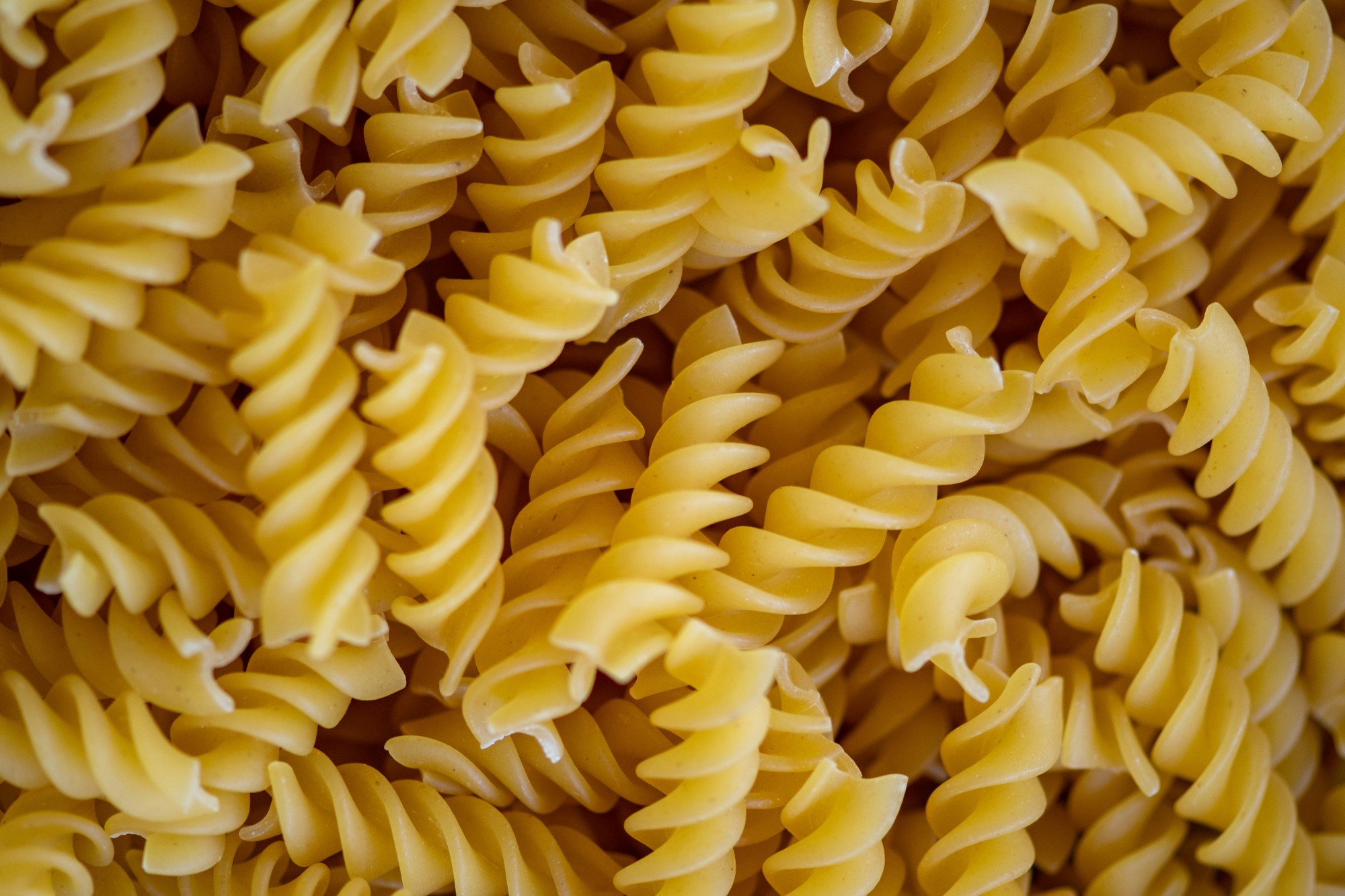
10. Pasta
Price Spike: Over 40% in many regions due to wheat price volatility.Global grain shortages have made even basic spaghetti a spending sore spot.
Hack it: Stock up during sales or buy direct from international grocers where pricing is more stable. Try alternate pastas like lentil or chickpea for better nutrition at similar prices. Photo by Bozhin Karaivanov on Unsplash

11. Peanut Butter
Price Spike: Up an average 35% across leading brands.Peanuts are highly sensitive to drought, and inflation pressure doesn’t help
.Hack it: Look for store-brand or generic peanut butter, or grind it yourself at stores with nut butter stations—you’ll often get fewer additives too. Photo by Giorgio Trovato on Unsplash

12. Shampoo & Body Wash
Price Spike: Up 25–40%, with less liquid per bottle.Your personal care staples have quietly shrunk while the price per ounce has shot up.
Hack it: Switch to shampoo bars or refill stations found at sustainability-focused stores. Bars last longer than liquids and create zero plastic waste. Photo by oning on Unsplash

Takeaway
These subtle price hikes may not raise red flags individually—but together, they make a big dent in the average household budget. Fortunately, each one has a workaround, from buying smart to switching to reusable or refillable options.Knowledge is power—and with a few habit shifts, you can spend less (and sometimes live better, too) Photo by Franki Chamaki on Unsplash